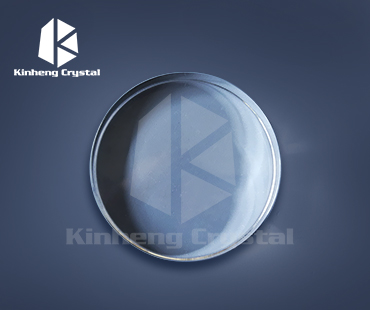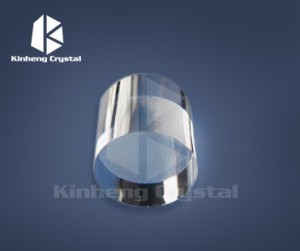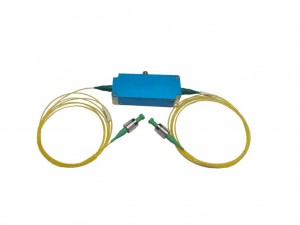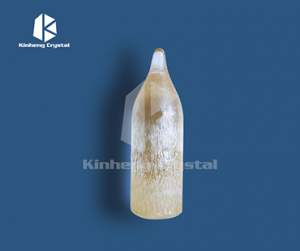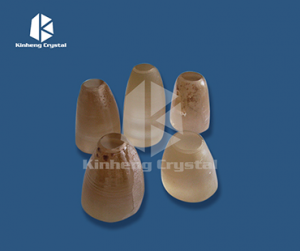BaF2 Substrate
Description
BaF2 optical crystal has excellent IR performance, good optical transmittance over wide spectrum range.
Properties
| Density(g/cm3) |
4.89 |
| Melting Point(℃) |
1280 |
| Thermal Conductivity |
11.72 Wm-1K-1 at 286K |
| Thermal Expansion |
18.1 x 10-6 /℃ at 273K |
| Knoop Hardness |
82 with 500g indenter (kg/mm2) |
| Specific Heat Capacity |
410J/(kg.k) |
| Dielectric Constant |
7.33 at 1MHz |
| Youngs Modulus (E) |
53.07 GPa |
| Shear Modulus (G) |
25.4 GPa |
| Bulk Modulus (K) |
56.4 GPa |
| Elastic Coefficient |
Elastic CoefficientElastic Coefficient |
| Apparent Elastic Limit |
26.9 MPa (3900 psi) |
| Poisson Ratio |
0.343 |
BaF2 Substrate Definition
BaF2 or barium fluoride is a transparent crystalline material commonly used as a substrate in various optical applications. It belongs to the class of inorganic compounds known as metal halides and has excellent optical and physical properties.
BaF2 substrates have a broad transmission range covering ultraviolet (UV) to infrared (IR) wavelengths. This makes them suitable for a range of optical devices, including ultraviolet spectroscopy, imaging systems, optics for space-based telescopes and detector windows.
One of the distinguishing features of the BaF2 substrate is its high refractive index, which enables efficient light coupling and manipulation. A high index of refraction helps minimize reflection losses and optimize the performance of optical coatings such as anti-reflective coatings.
BaF2 also has a high resistance to radiation damage, making it ideal for applications in high-energy radiation environments, such as particle physics experiments and nuclear medicine imaging.
In addition, BaF2 substrate has good thermal stability and low thermal expansion coefficient. This makes them suitable for use in high temperature environments and applications that require optical performance to be maintained under varying temperature conditions.
Overall, BaF2 substrates have excellent optical transparency, high refractive index, resistance to radiation damage, and thermal stability, making them valuable in a variety of optical systems and devices.






